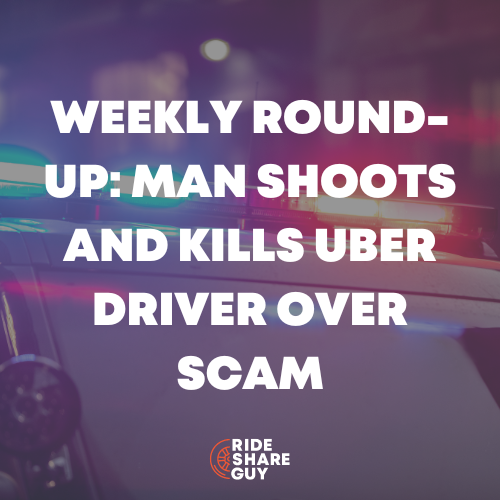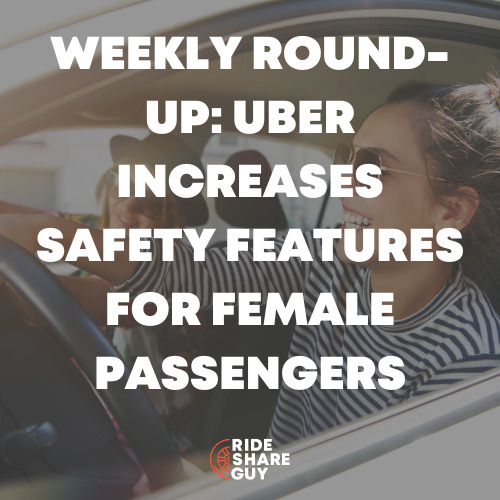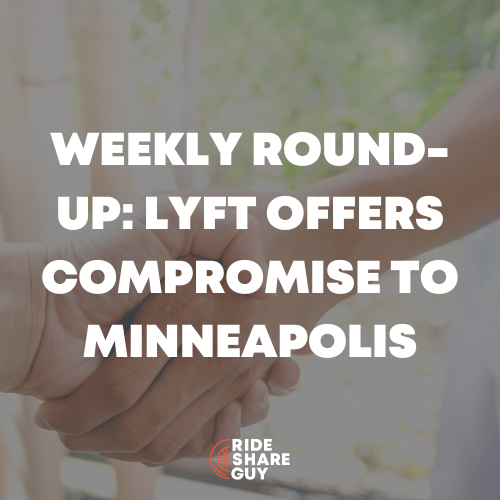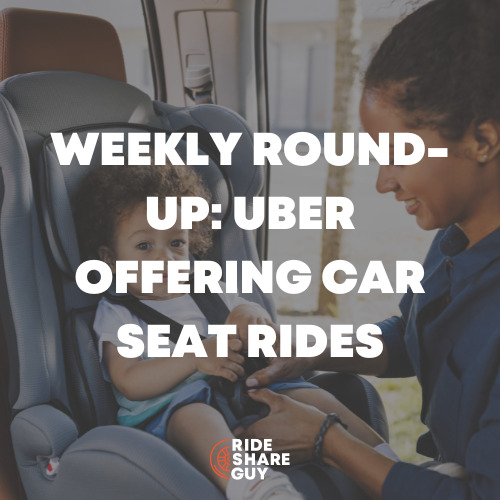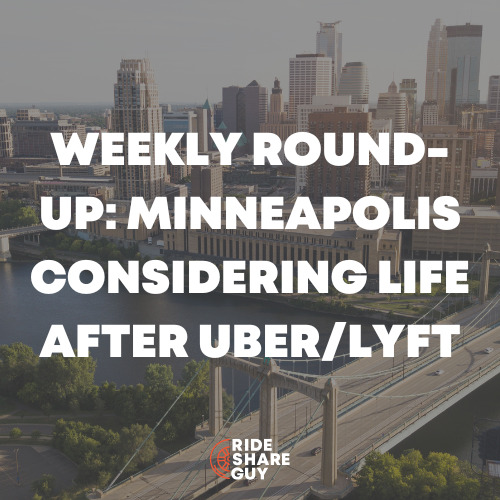Should more states enact Proposition 22-like laws on their books? Senior RSG Contributor Sergion Avedian says “maybe!” Here’s how Sergio is faring over a month after he decided to become a delivery-only driver and ditch rideshare, plus how Prop 22 is helping his bottom line.
I have been multi-apping for years now. The days of only driving for Uber or Lyft are over. Nowadays consumers can pretty much order anything they need with a few clicks on their mobile devices. This has created more streams of revenue for gig workers all over the country.
For the past five weeks, I have been strictly doing food deliveries, although my Utilization Rate (UR) is nothing like rideshare, I get to cherry-pick all I want without penalties (5 out of 10) to see the destination. All my profitability metrics have consistently been improving.
There is another sweetener in this deal, called Proposition 22 driver benefits. As much as I complain about horrible base rates for rideshare in Los Angeles (60 cents a mile, 21 cents a minute), food delivery base rates are worse, therefore I get Prop 22 adjustments in additional earnings every two weeks.
As we all know Uber, Lyft and Doordash spent $220 million dollars to pass Prop 22 in CA to nullify the effects of AB5. However, what a lot of people do not know is that Prop 22 is totally funded by rideshare passengers as well as delivery customers.
In Los Angeles, 75 cents is tacked on to every trip under the title of CA Driver Benefits. I wonder if the consumer is even aware of this. Uber, Lyft, and Doordash don’t contribute to this fund at all and as of today, I have not found a legitimate source of information on how many drivers are truly benefiting from Prop 22.
California is the largest market for all the gig companies, with millions of rides and deliveries completed daily. Where is this money going? How can drivers use Prop 22 to their advantage? I’ll break down my rideshare vs delivery results, plus how Prop 22 impacts my earnings.
My Rideshare Results
Last week, after holding out on me for a month, Lyft showed me the money in the form of 3 for 15 streaks during morning rush hour, which allowed me to transition for food delivery beautifully after I take the money with a few trips.
So, with efficiency in mind, I went to work doing rideshare for Lyft (with my destination filter set to stay in the Valley) in the morning and delivered food for Uber Eats after that.
- 17 trips at $13.68 average
- $38.75 per Active Hour
- $30.00 per Online Hour
- Total miles driven 122 with $1.90 per mile average
Nothing spectacular but I will take it. I hit my streaks all five days they were offered; where would my numbers be without them?
So I did what all Show me the money club (SMTMC) members do: take advantage of the bonuses and incentives offered and maximize earnings.
My Uber Eats Delivery Results
I have only done deliveries in the past five weeks, and I have enjoyed it immensely. I am in the suburbs of Los Angeles – it is not densely populated as the city center but tips are really great, and without them deliveries would be a total waste of time.
So with NO TIP-NO TRIP in mind, I went to work with Uber Eats food delivery.
- 41 deliveries at $13.13 average
- $51.26 per Active Hour
- $23.07 per Online Hour
- Total miles driven 138 with $3.90 per mile average
I never thought deliveries could come close to rideshare, and granted my Utilization Rate is low due to working with a single app (I am on a waitlist with DoorDash and Grubhub), less than 50%, but take a look at the dollars per mile!
Over $50 per active hour is nothing to sneeze at. I doubt rideshare-only drivers can come close to those numbers in Los Angeles at the moment. Delivery clearly beat my Lyft numbers easily except for the online hours, but I don’t mind sitting around and cherry-picking for orders like these where the generosity of the consumer was much appreciated.
These would be equal to very high surge short trips for rideshare, and we all know it is not easy to catch the high sticky Surge on the Uber platform with all the bait and switch games.
My Prop 22 Adjustments
I put all my numbers for deliveries in a spreadsheet (see above) with all the profitability metrics I use, and I have improved every week. What is easy to understand is the dollars per mile. They are phenomenal, and with much less wear and tear on the car as well as on my body.
I also am staying within 10 miles of my house at a maximum, unlike rideshare where a trip can take me to far away with no return.
As a rideshare driver, if you are getting Prop 22 money, you’re doing something very wrong. In the past 30 months that we had Prop 22 in CA, I have never gotten paid because I make a lot more than the minimum when I drive.
But so far as a delivery driver, I have received a total of $342.98, and there will be more.
Takeaways for Drivers
Deliveries are in my blood now, and until the demand slows down due to inflation and bad economic conditions, I will continue doing it. I’m also planning on improving my results by adding other food delivery apps to my repertoire. Always adjusting, always looking to improve!
At the moment, rideshare in Los Angeles will not get me the money I am looking to make on a part-time basis due to oversaturation, lowered Quests and all other bonuses and incentives.
Uber and Lyft have all the drivers they need because everyone is out driving to supplement their W2 incomes. The same inflation concern that may slow down consumer demand is the main reason why gig companies have an adequate driver supply for the first time in a long while.
Look at the screenshots below from every corner of Los Angeles, can you spell OVERSATURATION?
Drivers, what is your current rideshare vs delivery market like right now? Let us know in the comments!
-Sergio @ RSG
